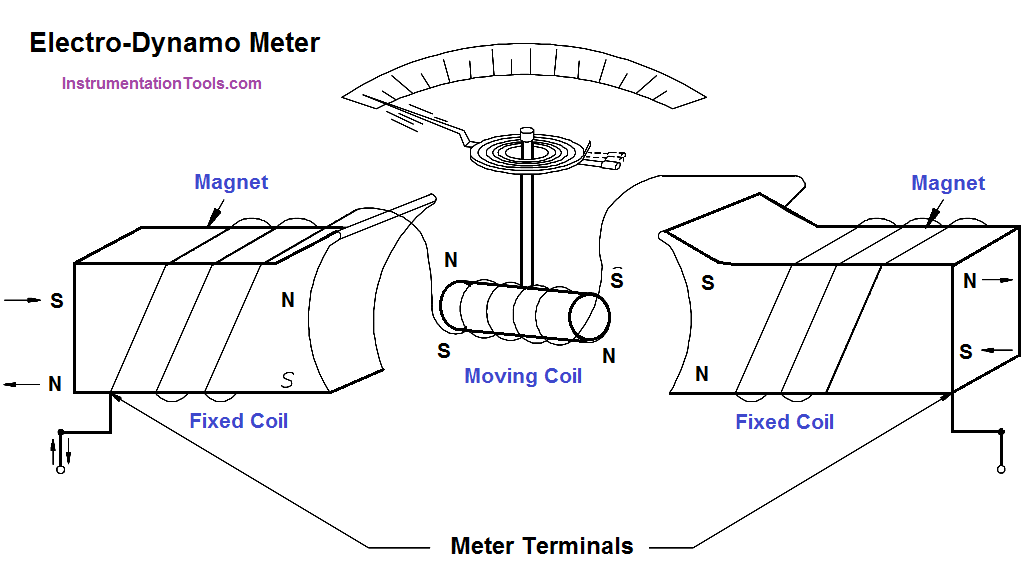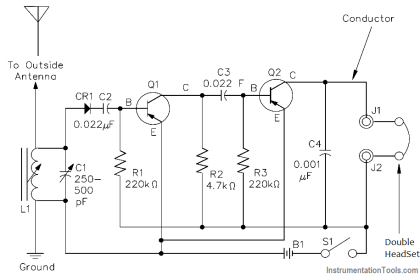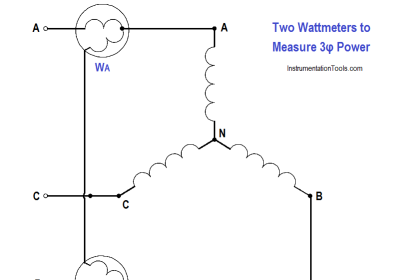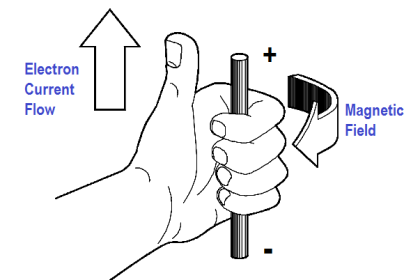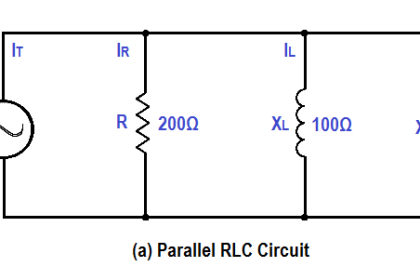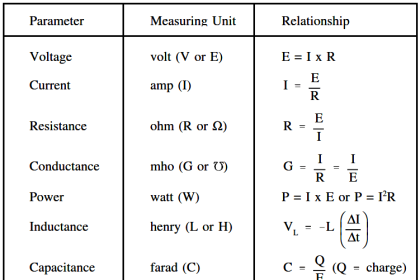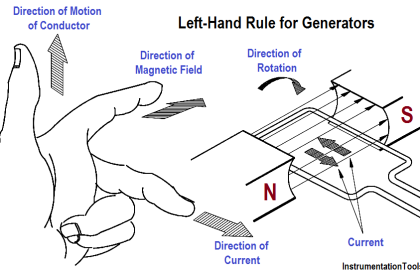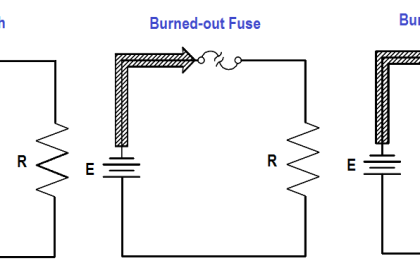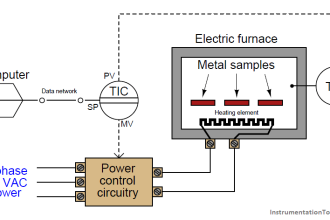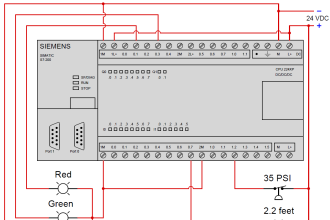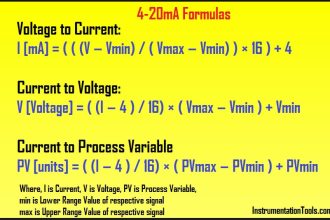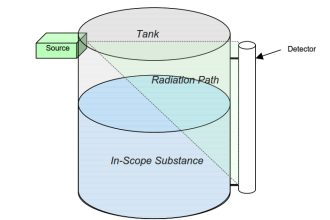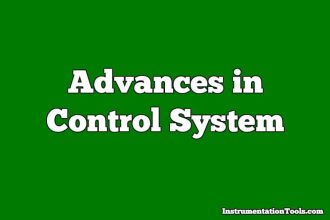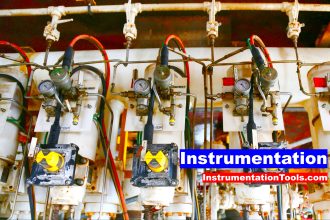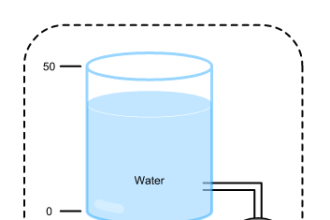The electrodynamometer movement (Figure 1) has the same basic operating principle as the D’Arsonval meter movement, except that the permanent magnet is replaced by fixed coils.
The moving coil and pointer, which are attached to the coil, are suspended between and connected in series with the two field coils. The two field coils and moving coil are connected in series such that the same current flows through each coil.
Figure 1 : Electrodynamometer Movement
Current flow through the three coils in either direction causes a magnetic field to be produced between the field coils. The same current flow through the moving coil causes it to act as a magnet exerting a force against the spring. If the current is reversed, the field polarity and the polarity of the moving coil reverse, and the force continues in the same direction.
Due to this characteristic of the electrodynamometer movement, it can be used in both AC and DC systems to measure current. Some voltmeters and ammeters use the electrodynamometer. However, its most important use is in the wattmeter.
